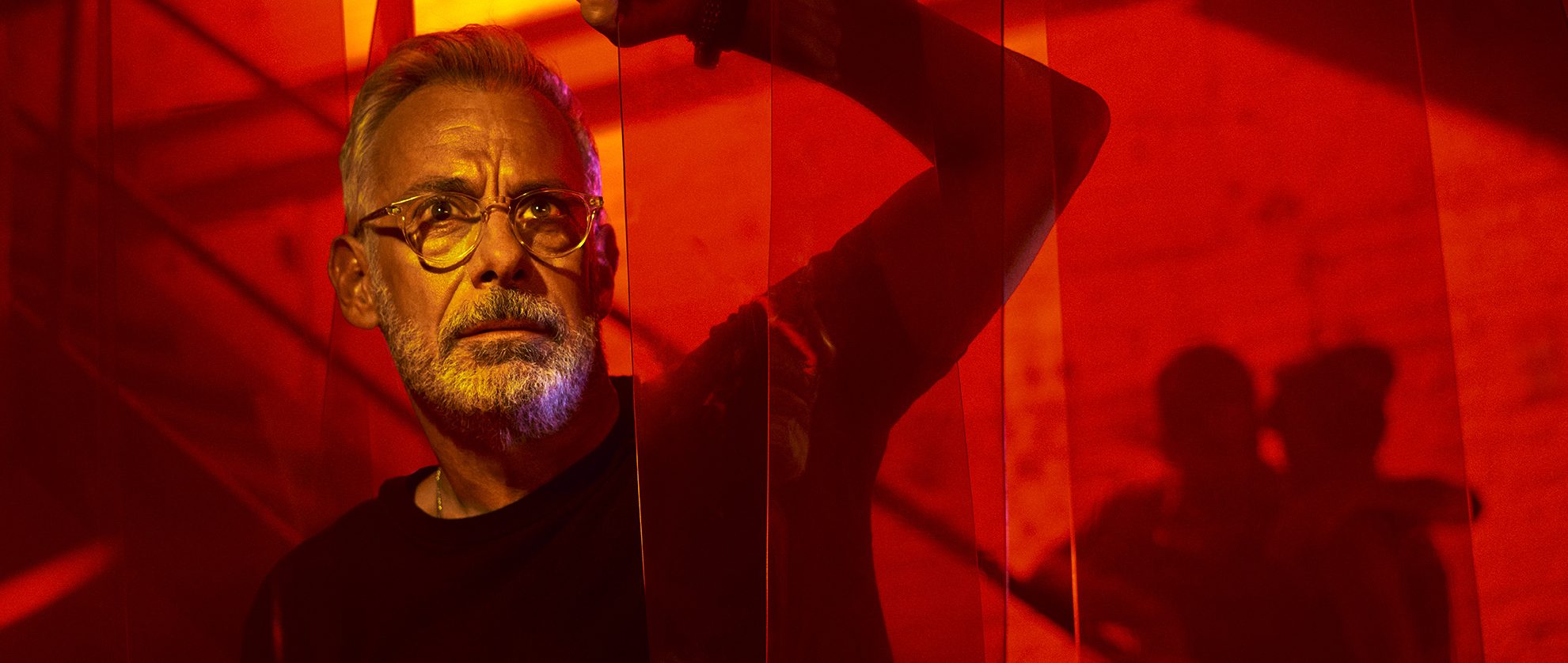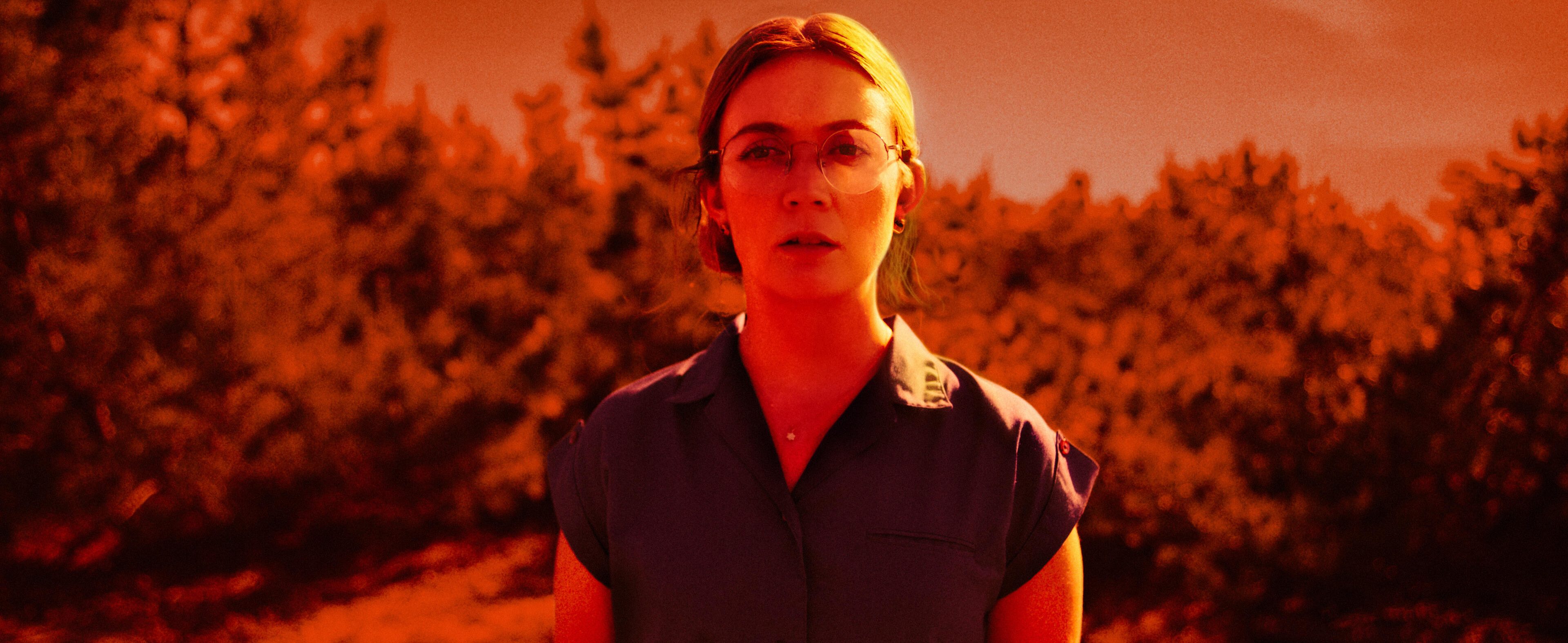Created by Ryan Murphy and Brad Falchuk, FX’s horror crime series ‘American Horror Story: NYC’ is the eleventh season of the anthology series ‘American Horror Story.’ Set in New York City, New York, the installment revolves around a serial killer who targets gay men and a journalist named Gino Barelli, who tries to bring the truth behind the crimes to light. Meanwhile, a virus outbreak threatens the region, adding more misery to the lives of New Yorkers. Murphy and his team of writers didn’t use a particular actual event to craft the season. However, it can be seen as an allegory that transports viewers to a chilling period in the history of the namesake city!
A Reflection of NYC’s Gay History
Even though ‘American Horror Story: NYC’ is not based on a particular true story, experiences of gay men toward the end of the twentieth century inspired the eleventh season of the anthology series. During the same period, a serial killer resembling the antagonist in the installment targeted queer men in piano bars like The Townhouse in Midtown Manhattan. Richard Rogers is a convicted serial killer who terrorized the city as the “Last Call Killer.” Between 1991 and 1993, four gay or bisexual men’s deaths were connected to the murderer. They were all lured from piano bars in Manhattan, like the murderer in the series, who finds his targets in gay bars.

What makes Rogers a partial counterpart of the fictional serial killer is their similar modi operandi. Like the serial killer in the horror crime series, the real-life murderer also dismembered his victims’ dead bodies and left them in public places to be discovered. While the former uses meat hooks, the latter disposed of his victims’ remains using garbage bags, which eventually led the authorities to the criminal. Rogers was arrested and convicted of two counts of first-degree murder for killing Thomas Mulcahy and Anthony Marrero. It is also alleged that he killed Peter Stickney Anderson and Michael J. Sakara, who was last seen at Five Oaks, a bar in Greenwich Village.
Through the serial killer, Murphy and his writers illustrate the atrocities gay men had to deal with in New York. Rogers’ killings are only a small part of what the murders in the show try to represent. Similarly, Gino Barelli can be seen as a representative of the gay rights activists and journalists who supported the queer community during these troubled times. Like Gino, Arthur Bell, who lived during the setting of the season, investigated a series of murders of gay men. The killings are known as the “bag murders” since the victims’ remains were found in garbage bags thrown into the Hudson River in New York City.
Even though Rogers and the fictional serial killer’s crimes match the description of the bag murders, the identities of the murderer and the victims were never discovered. Therefore, the crimes that form the narrative of ‘American Horror Story: NYC’ have unignorable roots in reality despite not being based on specific real-life murders.
An Allegory of the AIDS Epidemic
The virus outbreak in ‘American Horror Story: NYC’ can be paralleled to the AIDS outbreak that shook New York City in the 1980s. The region was affected by HIV more than any other city in the country. Around 13,000 cases were registered every year during the epidemic in NYC, and the most vulnerable to the same was undoubtedly the gay community in the city. “The people I cared for in the early 1990s, most of them passed. Back then, there was little expectation of survival, but you could hopefully improve the quality of the time they had left,” Drs. Peter Gordon of NewYork-Presbyterian told Health Matters about the crisis.

The threat of this epidemic looms over the characters in ‘American Horror Story: NYC’ throughout the season. The installment finds “horror” in the lives of the members of the gay and other queer groups that existed back in the 1980s and 1990s. By integrating their struggles into the horror narrative, the series establishes how absurd and terrifying existence was for the LGBTQIA+ community.
Read More: American Horror Story Delicate: Is the TV Show Inspired by a Real-Life Episode?

